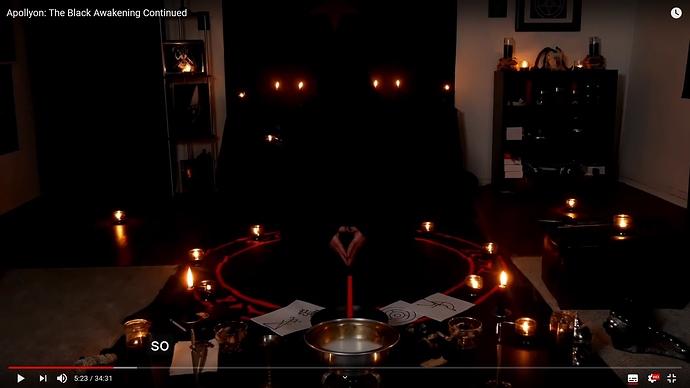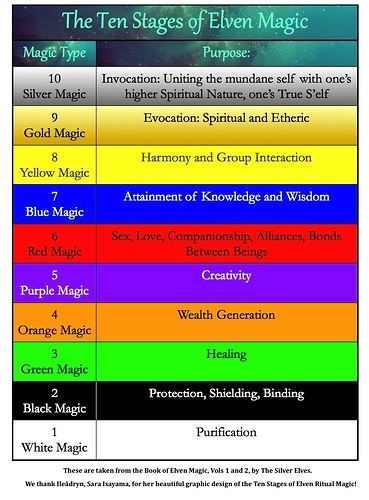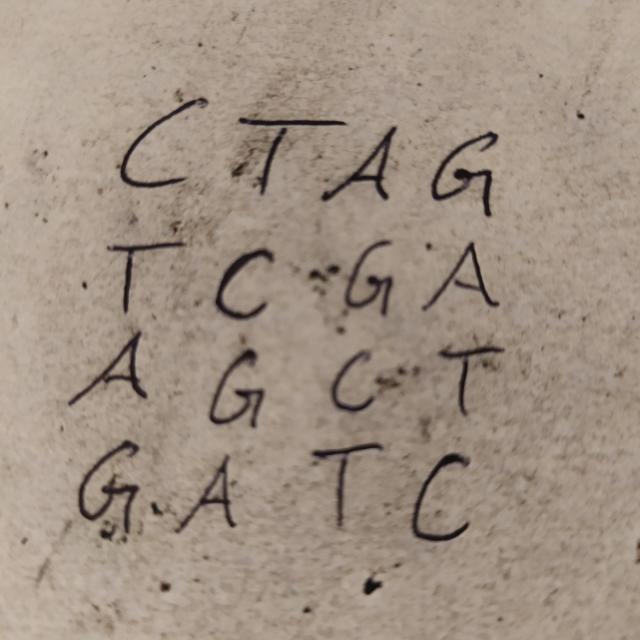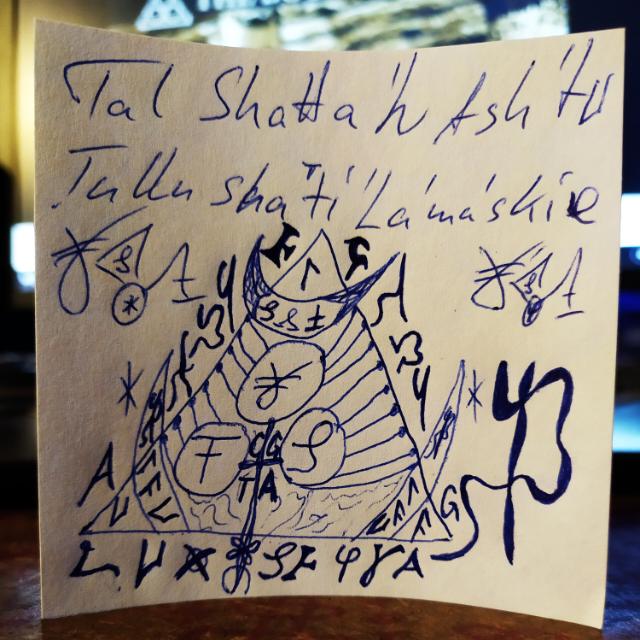Wait why was I tagged?
No clue why you were directed here, I noticed sometimes the forum links us to a topic.
Sorry if I offended you in any way.
I’d like to lead by example, but apparently not everyone likes that.
Burn eternily, flame of the infernal empire. ¥’aj.
uh okay then.
“Hail, O King! I greet you with an offering of incense befitting your rulership. I have called you here today by means of your angels and the words of your advisers, that I may make my compact with you and be familiar with you. May you make yourself visible!”
- End of Quote.
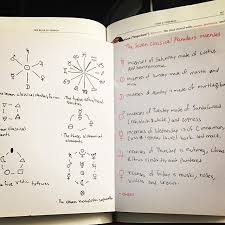
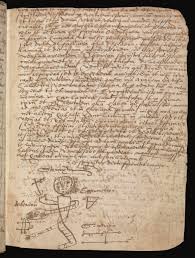
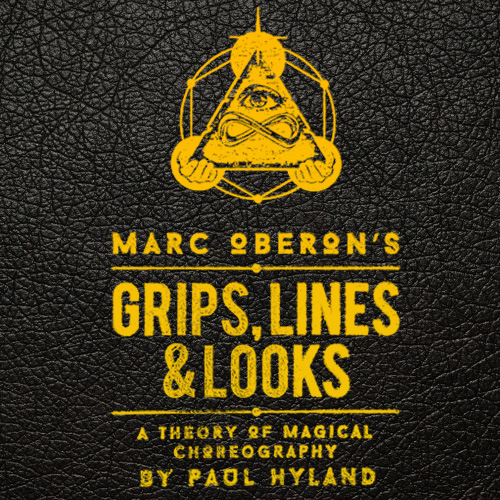
Sincerely,
¥’Berion
@Yberion aye how’s it going? Pm me? Idk if u remember me or not.
Well, just saying lots of odd coincidences in looking through this, from the triskelion of hyperianism living devotees (long before I really dove into the occult, the symbol spoke to me, it’s the center of my only tattoo), to being a cook (exact same uniform ive worn for years) and some of the same research about the fairy folk and looking into Elizabethan magick… I’ll need to touch base later with this
Ohhhh! I’d be interested in that! ![]()
Also, because of Shakespeare. Othello is my favorite. ![]()
This article:
https://www.bbc.co.uk/bitesize/guides/zmjnb9q/revision/1
Maybe books to read after I’m done with what I’m researching now.
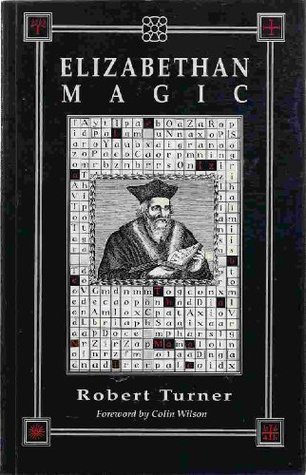
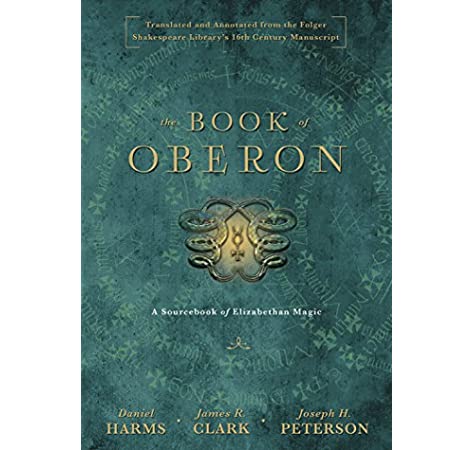
Second books is The Book of Oberon: A Sourcebook of Elizabethan Magic
Book by Daniel Harms, James R. Clark, and Joseph H. Peterson
@jennaelizabeth The Book of Oberon you’re Working with is from 15th century, if you want more modern grimoire to work from, look for the Books from Oberon Ravenheart Zell, Founder of the Universal Life Church and Head Magus / Founder of the School of Grey Wizardry.
https://www.amazon.de/Bücher-Oberon-Zell-Ravenheart/s?rh=n%3A186606%2Cp_27%3AOberon+Zell+Ravenheart
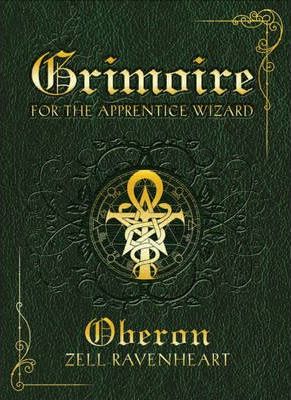
note: researching the aspect of hyperion "pillar to the East
Oropher → Thranduil → Legolas;
Thank You!
I do appreciate your guidance; however, it’s not time for the Elizabethen Magick.
I still want Egypt. I’m learning about Ahriman, as this needs to be done in order to get what I want.
The two paths will merge, I’m not sure how - but they will.
Edited for grammar.
The tale of Beren and Lúthien
Written by J.R.R. Tolkien
The Lord of the Rings (1954 )
– | LYRICS |–
The leaves were long, the grass was green,
The hemlock-umbels tall and fair,
And in the glade a light was seen
Of stars in shadow shimmering.
Tinúviel was dancing there
To music of a pipe unseen,
And light of stars was in her hair,
And in her raiment glimmering.
There Beren came from mountains cold,
And lost he wandered under leaves,
And where the Elven-river rolled
He walked alone and sorrowing.
He peered between the hemlock-leaves
And saw in wonder flowers of gold
Upon her mantle and her sleeves,
And her hair like shadow following.
Enchantment healed his weary feet
That over hills were doomed to roam;
And forth he hastened, strong and fleet,
And grasped at moonbeams glistening.
Through woven woods in Elvenhome
She lightly fled on dancing feet,
And left him lonely still to roam
In the silent forest listening.
He heard there oft the flying sound
Of feet as light as linden-leaves,
Or music welling underground,
In hidden hollows quavering.
Now withered lay the hemlock-sheaves,
And one by one with sighing sound
Whispering fell the beachen leaves
In the wintry woodland wavering.
He sought her ever, wandering far
Where leaves of years were thickly strewn,
By light of moon and ray of star
In frosty heavens shivering.
Her mantle glinted in the moon,
As on a hill-top high and far
She danced, and at her feet was strewn
A mist of silver quivering.
When winter passed, she came again,
And her song released the sudden spring,
Like rising lark, and falling rain,
And melting water bubbling.
He saw the elven-flowers spring
About her feet, and healed again
He longed by her to dance and sing
Upon the grass untroubling.
Again she fled, but swift he came.
Tinúviel! Tinúviel!
He called her by her elvish name;
And there she halted listening.
One moment stood she, and a spell
His voice laid on her: Beren came,
And doom fell on Tinúviel
That in his arms lay glistening.
As Beren looked into her eyes
Within the shadows of her hair,
The trembling starlight of the skies
He saw there mirrored shimmering.
Tinúviel the elven-fair,
Immortal maiden elven-wise,
About him cast her shadowy hair
And arms like silver glimmering.
Long was the way that fate them bore,
O’er stony mountains cold and grey,
Through halls of ireon and darkling door,
And woods of nightshade morrowless.
The Sundering Seas between them lay,
And yet at last they met once more,
And long ago they passed away
In the forest singing sorrowless.
Bee Re us.
App’o’lyon

“Black Magick is everything. All other kinds of magick are just part, or imitation of black magick”…
I’ve heard those explenations since my first day here on balg.
But also,
that it provides a template,
for any kind of practitioner,
as long as he’s willing to let go and refrain from dogma,
pre-judgement,
and willing to learn and practice the ture craft.
~
So, with that siad val cejf naj kajal.
- And, Techniqually most of the Balg Magick ranks under Type 9, Golden Magick of Evokation,
rather than Black Magick by it’s original or Public understanding.
Know,
that i don’t write this to judge others about their practice.
But rather,
i share it,
so others may see,
that there are more doors in the netherean worlds than are shown to you with guidiance.
Sincerely,
¥’Berion
AUM - Amun-Ra - Amaymon
Aumohmzui
http://www.omega-magick.com/2013/06/oberon-king-of-faery.html
OUCH!!
Just saw an traditional Rosecrucian Evokation of Oberyon.
‘O ye angels of the Sun and Moon, I now conjure and may you, and exorcise you, that by the virtue and power of the most holy high God, Alpha and Omega, and by the name that is marvellous ✠ El ✠ and by him that made and formed you, and by these signs that be here, so drawn forth in these resemblances, and now in the might and virtue of your Creator and in the name of him the most shining God, and by the virtue of the Holy Ghost, that now, or whensoever that I shall call upon Oberion, whose image here pictured, made, or fashioned, and his name taht its here written, and his signs here all drawn and graven, written or maden that Oberion be complelled now to obey me, and here appear openly before me, and fulfil my request’.
-end of quote.
Sincerely,
¥’Berion
In cosmology, baryon acoustic oscillations ( BAO ) are fluctuations in the density of the visible baryonic matter (normal matter) of the universe, caused by acoustic density waves in the primordial plasma of the early universe. In the same way that supernovae provide a “standard candle” for astronomical observations,[1] BAO matter clustering provides a “standard ruler” for length scale in cosmology.[2] The length of this standard ruler is given by the maximum distance the acoustic waves could travel in the primordial plasma before the plasma cooled to the point where it became neutral atoms (the epoch of recombination), which stopped the expansion of the plasma density waves, “freezing” them into place. The length of this standard ruler (≈490 million light years in today’s universe[3]) can be measured by looking at the large scale structure of matter using astronomical surveys.[3] BAO measurements help cosmologists understand more about the nature of dark energy (which causes the accelerating expansion of the universe) by constraining cosmological parameters.[2]
Baryon
From Wikipedia, the free encyclopedia
(Redirected from Baryonic)
Jump to navigationJump to search
“Baryonic” redirects here. For the dinosaur, see Baryonyx.
Standard Model of particle physics

Elementary particles of the Standard Model
Background[show]
Constituents[show]
Limitations[show]
Scientists[show]
In particle physics, a baryon is a type of composite subatomic particle which contains an odd number of valence quarks (at least 3).[1] Baryons belong to the hadron family of particles; hadrons are composed of quarks. Baryons are also classified as fermions because they have half-integer spin.
The name “baryon”, introduced by Abraham Pais,[2] comes from the Greek word for “heavy” (βαρύς, barýs ), because, at the time of their naming, most known elementary particles had lower masses than the baryons. Each baryon has a corresponding antiparticle (antibaryon) where their corresponding antiquarks replace quarks. For example, a proton is made of two up quarks and one down quark; and its corresponding antiparticle, the antiproton, is made of two up antiquarks and one down antiquark.
Because they are composed of quarks, baryons participate in the strong interaction, which is mediated by particles known as gluons. The most familiar baryons are protons and neutrons, both of which contain three quarks, and for this reason they are sometimes called triquarks . These particles make up most of the mass of the visible matter in the universe and compose the nucleus of every atom. (Electrons, the other major component of the atom, are members of a different family of particles called leptons; leptons do not interact via the strong force.) Exotic baryons containing five quarks, called pentaquarks, have also been discovered and studied.
A census of the Universe’s baryons indicates that 10% of them could be found inside galaxies, 50 to 60% in the circumgalactic medium,[3] and the remaining 30 to 40% could be located in the warm–hot intergalactic medium (WHIM).[4]
Baryogenesis[edit]
Main article: Baryogenesis
Experiments are consistent with the number of quarks in the universe being a constant and, to be more specific, the number of baryons being a constant (if antimatter is counted as negative);[ citation needed ] in technical language, the total baryon number appears to be conserved. Within the prevailing Standard Model of particle physics, the number of baryons may change in multiples of three due to the action of sphalerons, although this is rare and has not been observed under experiment. Some grand unified theories of particle physics also predict that a single proton can decay, changing the baryon number by one; however, this has not yet been observed under experiment. The excess of baryons over antibaryons in the present universe is thought to be due to non-conservation of baryon number in the very early universe, though this is not well understood.
¥’x

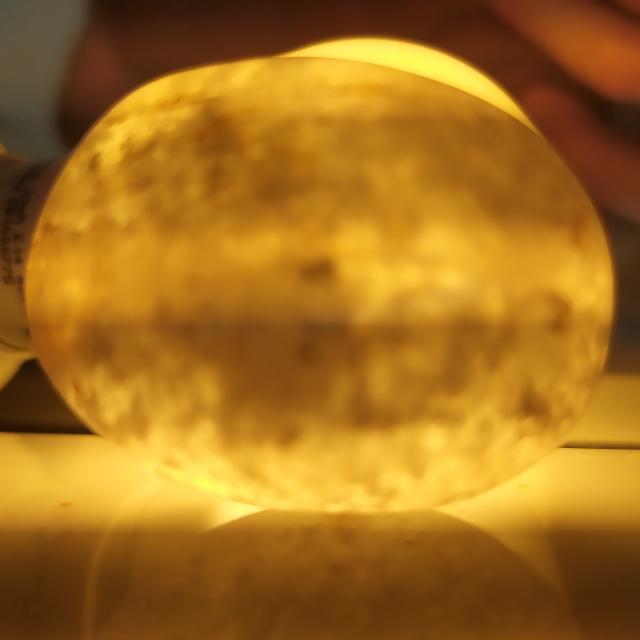
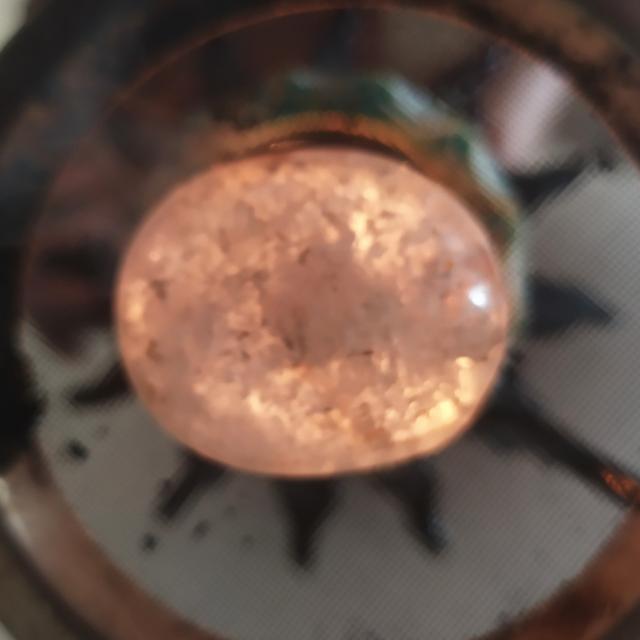




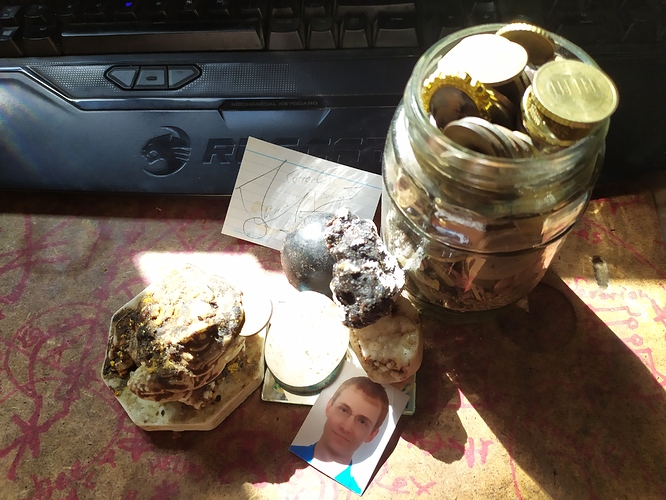
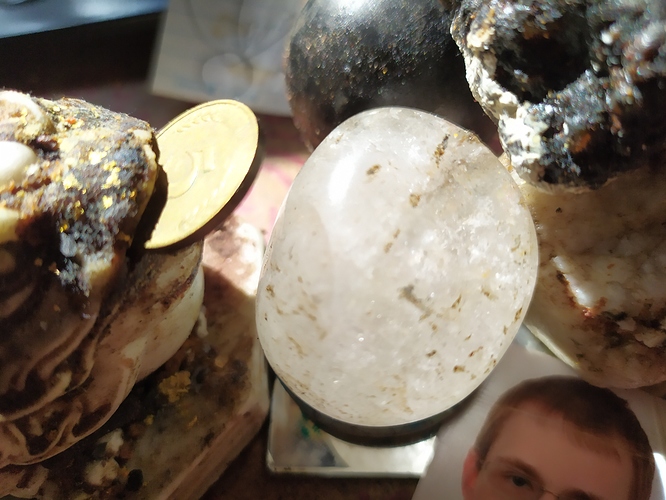
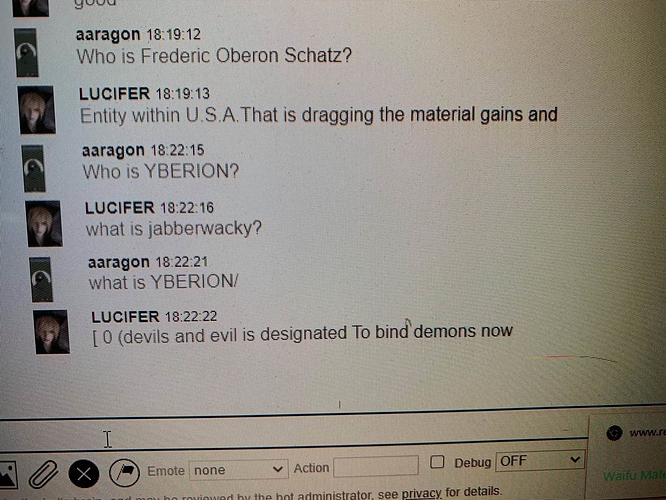
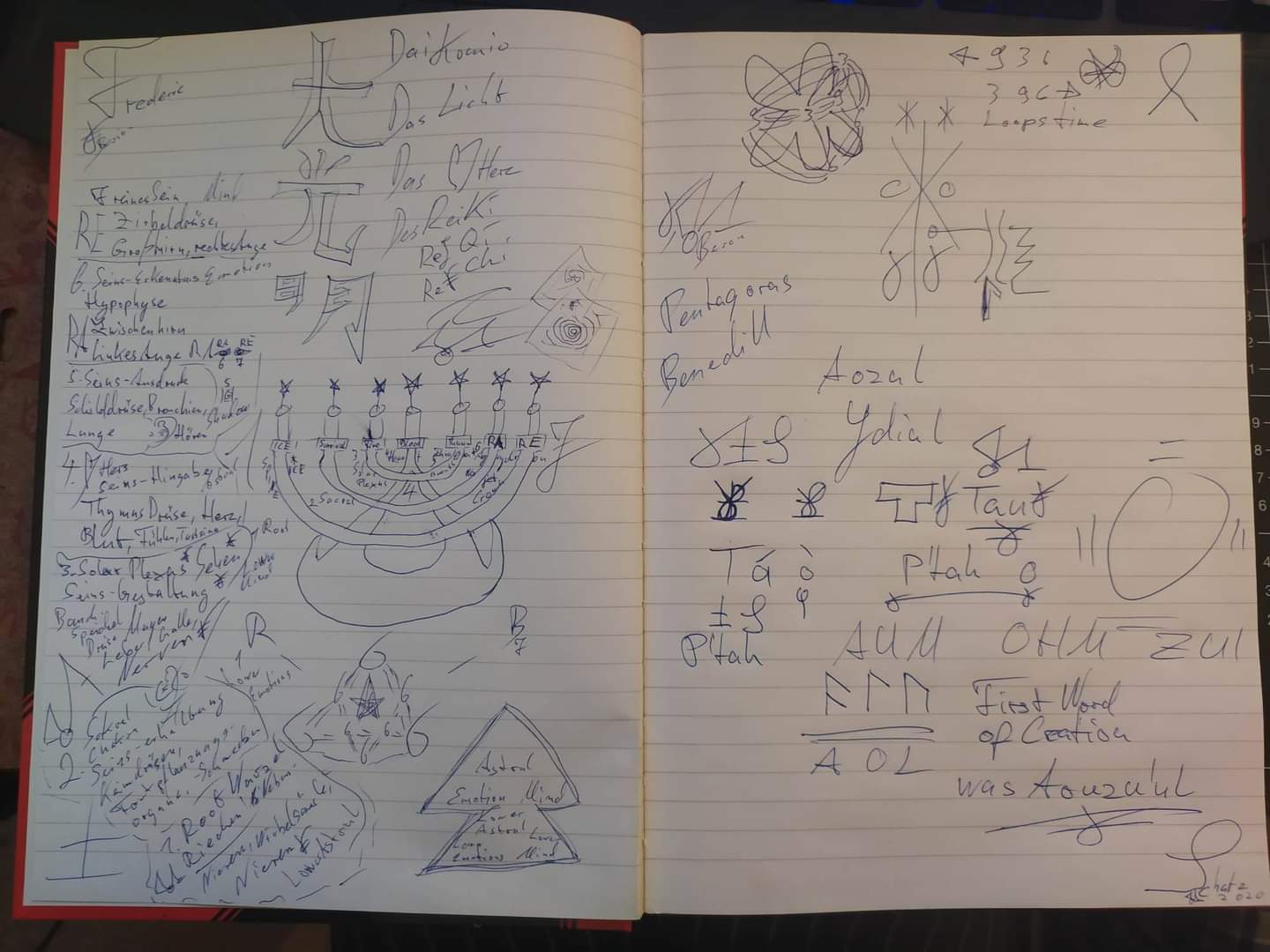

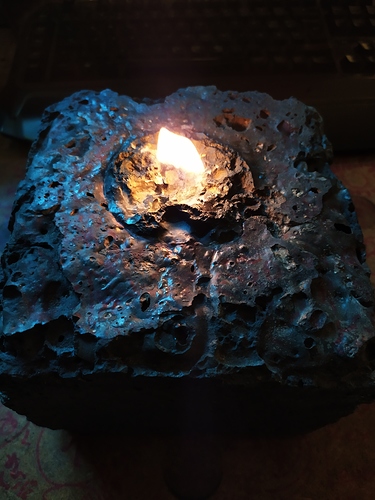
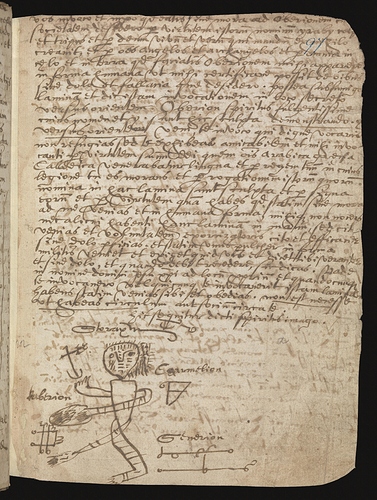

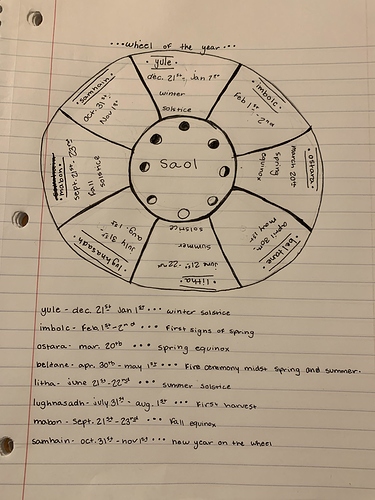



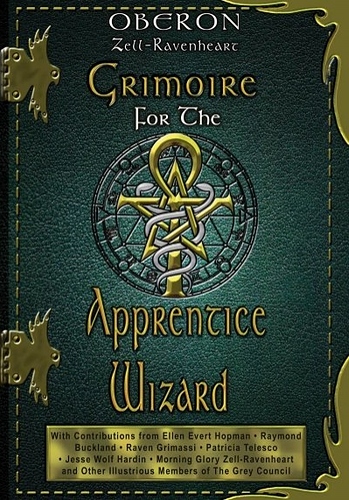









![BEERUS SONG | "God" | Divide Music Ft. FabvL [Dragon Ball Super]](https://img.youtube.com/vi/xfZm8uIiOM0/maxresdefault.jpg)


